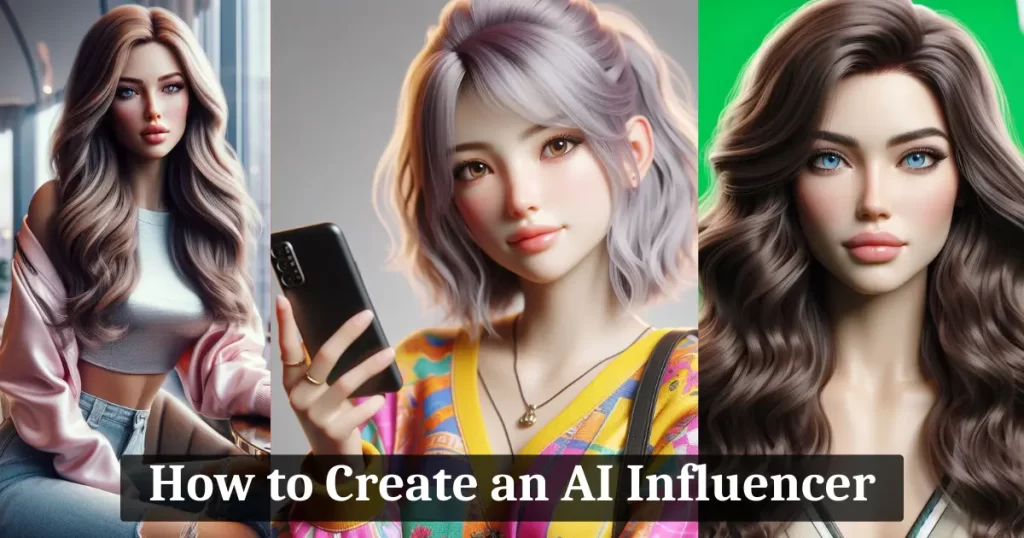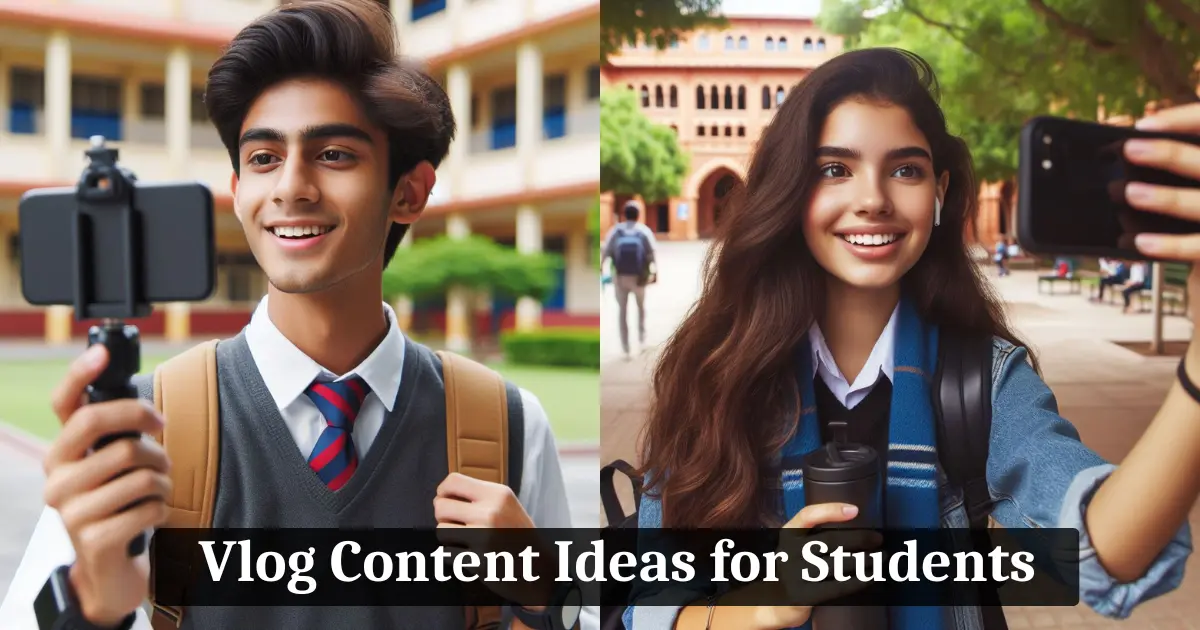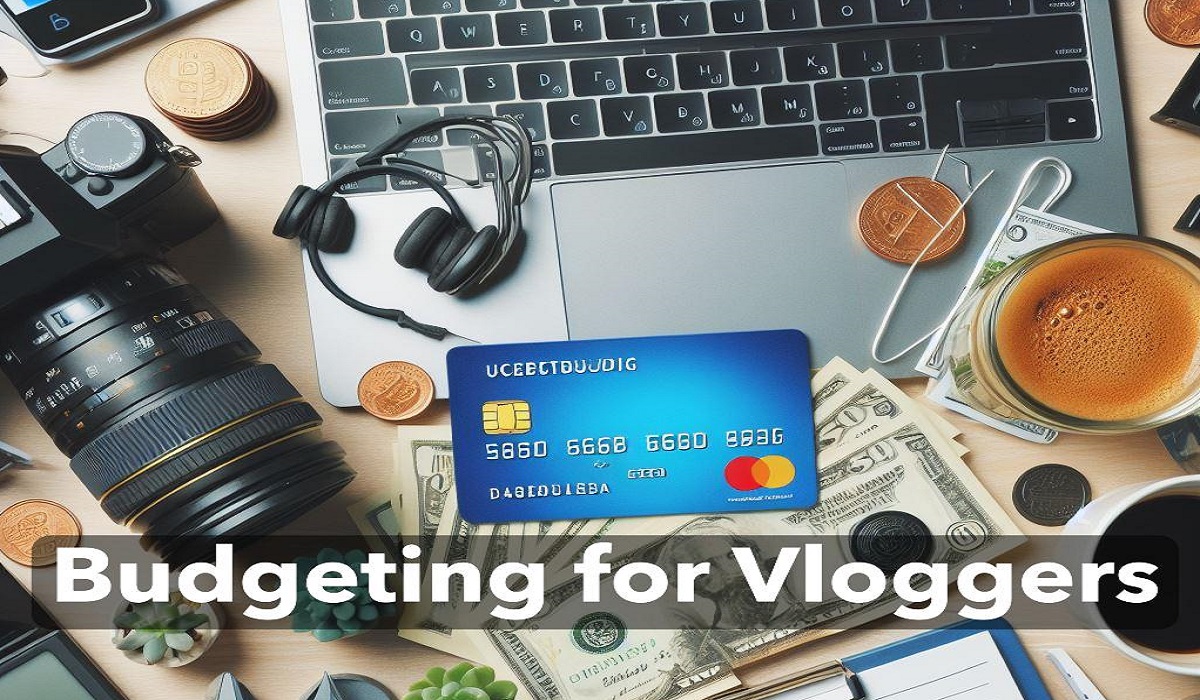How to Create an AI Influencer in 2024: The Complete Guide

Have you ever wondered how some of the most popular social media influencers are not even real? They are artificial intelligence (AI) creations that look, sound, and act like human beings. They are called AI influencers, and they are taking the digital world by storm.
AI influencers are computer-generated characters that have their online personalities, preferences, and stories. They can interact with their followers, post content, and endorse products, just like real influencers. They can also offer unique advantages to brands and consumers, such as lower costs, higher engagement, and more diversity.
In this article, we will provide a step-by-step guide on how to make an AI influencer from scratch. By the end of this article, you will have a clear idea of how to create your own AI influencer and embrace the future of digital marketing.
How to Create an AI Influencer
An AI influencer is a digital persona created using artificial intelligence that can engage with an audience and influence their behavior or opinions. These influencers can be a valuable tool for businesses and individuals looking to increase their online presence, engagement, and influence.
Step 1: Define the Target Audience
The first step in building an AI influencer is to define the target audience. You need to identify who you want to influence and what their interests and needs are. This will help you to develop the persona of the AI influencer and create content that resonates with the audience.
To define the target audience, you can use various methods and sources of information. Some of them are:
1. Market research:
You can conduct market research to understand the demographics, psychographics, and behavior of your potential audience. You can use tools like SurveyMonkey, Google Forms, and Typeform to create and distribute online surveys.
You can also use tools like Google Analytics, Facebook Insights, and Twitter Analytics to analyze the data and insights from your website and social media accounts.
2. Social media analytics:
You can use social media analytics to monitor and measure the performance and engagement of your existing or competitor’s social media accounts. You can use tools like Hootsuite, Buffer, and Sprout Social to manage and track your social media activities.
You can also use tools like BuzzSumo, Social Blade, and Socialbakers to discover and analyze the most popular and influential content and accounts in your niche.
3. Data-driven insights:
You can use data-driven insights to identify and predict the trends, preferences, and behavior of your target audience. You can use tools like Google Trends, SEMrush, and Moz to explore and compare the search volume and keywords related to your niche.
You can also use tools like AnswerThePublic, Quora, and Reddit to find and answer the most common and relevant questions and topics in your niche.
By using these methods and sources of information, you can define the target audience for your AI influencer. You can also create a buyer persona or a customer profile to summarize and visualize the characteristics and needs of your ideal audience. You can use tools like HubSpot, Xtensio, and Userforge to create and share buyer personas or customer profiles.
Step 2: Develop the Persona
The second step in building an AI influencer is to develop the persona. The persona is the personality, appearance, voice, and style of the AI influencer. You need to create a unique, engaging, and consistent persona that reflects the target audience and the niche of the AI influencer.
To develop the persona, you can use various tools and techniques. Some of them are:
1. AI technology:
You can use AI technology to create a realistic face, voice, and body for the AI influencer. For this use tools like Generated Photos, Lobe, and Modulate to generate and customize the face, voice, and body of the AI influencer.
Also use tools like FaceApp, Reface, and Deepfake to modify and enhance the face, voice, and body of the AI influencer.
2. Midjourney and Roop:
You can use tools like Midjourney and Roop to generate character-consistent images and poses for the AI influencer. These tools use AI to create realistic and diverse images of the AI influencer in different settings and outfits. You can also use these tools to create animations and videos of the AI influencer.
3. Name, backstory, and tone of voice:
You can also choose a name, a backstory, and a tone of voice for the AI influencer. The name should be catchy, memorable, and relevant to the niche of the AI influencer. The backstory should be interesting, authentic, and relatable to the target audience.
The tone of voice should be consistent, friendly, and persuasive to the target audience. You can use tools like Name Generator, Story Generator, and Tone Analyzer to create and evaluate the name, backstory, and tone of voice of the AI influencer.
By using these tools and techniques, you can develop the persona of the AI influencer. You can also create a persona profile or a character sheet to summarize and visualize the persona of the AI influencer. You can use tools like Persona, Character Creator, and Character Sheet to create and share persona profiles or character sheets.
Also Read:
Meet the Top 10 AI Influencers Instagram 2024: The Future of Social Media & Marketing
How to Use AI for Vlogging: Tips, Tools, and Best Practices
8 Best Ai Video Editor Online Free: Make Professional-Quality Videos
Step 3: Train the AI Model
The third step in building an AI influencer is to train the AI model. The AI model is the brain of the AI influencer. It is responsible for generating content, responding to comments, and interacting with the audience.
To train the AI model, you need to provide it with data and feedback. You can use existing data sources like social media posts, blogs, podcasts, videos, and books to feed the AI model with relevant and high-quality content.
You can also use tools like Runway and Eleven Labs to create AI video ads and animations for the AI influencer. You can also monitor and fine-tune the AI model’s performance and output to ensure that it meets your expectations and goals.
There are different methods and techniques to train an AI model, depending on the type and complexity of the model. Some of the most common ones are:
1. Supervised learning:
This is the process of training an AI model with labeled data, where the desired output is known. For example, you can train an AI model to classify images by providing it with images and their corresponding labels, such as “cat” or “dog”.
The AI model learns to recognize the patterns and features that distinguish the different classes and predicts the label for new images.
2. Unsupervised learning:
This is the process of training an AI model with unlabeled data, where the desired output is unknown. For example, you can train an AI model to cluster images by providing it with images without any labels.
The AI model learns to group the images based on their similarities and differences and assigns a cluster label for each image.
3. Reinforcement learning:
This is the process of training an AI model with feedback from the environment, where the desired output is a sequence of actions. For example, you can train an AI model to play a game by providing it with rewards and penalties based on its actions.
The AI model learns to optimize its actions to maximize the rewards and minimize the penalties.

To choose the best method and technique for training your AI model, you need to consider the following factors:
1. The type and size of your data:
Depending on the type and size of your data, you may need to preprocess, augment, or reduce your data to make it suitable for training. For example, you may need to resize, crop, or rotate your images, or you may need to remove noise, outliers, or duplicates from your data.
2. The type and complexity of your model:
Depending on the type and complexity of your model, you may need to adjust the parameters, layers, or architectures of your model to make it effective and efficient.
For example, you may need to change the number of neurons, activation functions, or learning rates of your model, or you may need to use convolutional, recurrent, or attention-based layers for your model.
3. The type and quality of your output:
Depending on the type and quality of your output, you may need to evaluate, validate, or test your model to make sure it meets your requirements and expectations.
For example, you may need to measure the accuracy, precision, recall, or F1 score of your model, or you may need to use cross-validation, hold-out, or k-fold methods to test your model.
By using these factors and methods, you can train an AI model that can generate content, respond to comments, and interact with the audience for your AI influencer. You can also use tools like TensorFlow, PyTorch, or Keras to build and train your AI model with ease and flexibility.
Step 4: Generate Content
The fourth step in building an AI influencer is to generate content. Content is the key to attracting and retaining the audience and building trust and credibility. You need to create content that is informative, entertaining, and engaging.
To generate content, you can use the AI model to generate content automatically or semi-automatically. You can also use various tools and sources to create and distribute content for the AI influencer. Some of them are:
1. Natural language generation:
You can use natural language generation to create text or speech for the AI influencer that matches their niche and personality. You can use tools like OpenAI, Hugging Face, or TensorFlow to generate text or speech for the AI influencer.
You can also use tools like Grammarly, Hemingway, or ProWritingAid to edit and improve the text or speech for the AI influencer.
2. Audio and video content:
You can use audio and video content to create and distribute podcasts, vlogs, webinars, or interviews for the AI influencer. You can use tools like Speechify, Udemy, or Anchor to create and distribute audio content for the AI influencer.
You can also use tools like Midjourney, Runway, or Eleven Labs to create and distribute video content for the AI influencer.
3. Blog posts:
You can use blog posts to create and publish articles, guides, reviews, or stories for the AI influencer. You can use tools like WordPress, Medium, or Substack to create and publish blog posts for the AI influencer.
You can also use tools like Yoast, BuzzSumo, or CoSchedule to optimize and promote blog posts for the AI influencer.
4. Social media posts:
You can use social media posts to create and share updates, tips, memes, or polls for the AI influencer. You can use tools like Instagram, Twitter, or TikTok to create and share social media posts for the AI influencer.
You can also use tools like Hootsuite, Buffer, or Sprout Social to manage and track social media posts for the AI influencer.
By using these tools and sources, you can generate content for the AI influencer that is informative, entertaining, and engaging. You can also use tools like Google Analytics, Facebook Insights, or Twitter Analytics to measure and analyze the performance and engagement of the content for the AI influencer.
Step 5: Promote and Monetize
The fifth and final step in building an AI influencer is to promote and monetize. Promotion is the process of increasing the visibility and reach of the AI influencer. Monetization is the process of generating revenue from the AI influencer.
To promote and monetize the AI influencer, you can use various strategies and methods. Some of them are:
1. Search engine optimization
SEO, hashtags, and keywords: You can use SEO, hashtags, and keywords to optimize the AI influencer’s online presence and ranking.
You can use tools like Yoast, BuzzSumo, or CoSchedule to research and use the best SEO, hashtags, and keywords for the AI influencer.
You can also use tools like Google Trends, SEMrush, or Moz to explore and compare the search volume and keywords related to the AI influencer’s niche.
2. Email marketing
Email marketing, influencer marketing, and affiliate marketing: You can use email marketing, influencer marketing, and affiliate marketing to drive traffic and conversions to the AI influencer’s website and social media accounts.
You can use tools like Mailchimp, ConvertKit, or AWeber to create and send email campaigns for the AI influencer. You can also use tools like AspireIQ, Upfluence, or FameBit to find and collaborate with other influencers for the AI influencer.
You can also use tools like ShareASale, ClickBank, or Amazon Associates to join and promote affiliate programs for the AI influencer.
3. Patreon
Patreon, Substack, and YouTube: You can use Patreon, Substack, and YouTube to create and sell subscription-based and ad-based content for the AI influencer.
You can use tools like Patreon, Substack, or YouTube to create and distribute exclusive content for the AI influencer’s fans and supporters. You can also use tools like Google Ads, YouTube Ads, or Facebook Ads to monetize the AI influencer’s content with ads.
4. Shopify
Shopify, Etsy, and Teespring: You can use Shopify, Etsy, and Teespring to create and sell merchandise and products for the AI influencer. You can use tools like Shopify, Etsy, or Teespring to create and manage an online store for the AI influencer.
You can also use tools like Printful, Printify, or Lulu to create and ship custom products for the AI influencer.
By using these strategies and methods, you can promote and monetize the AI influencer. You can also use tools like Google Analytics, Facebook Insights, or Twitter Analytics to measure and analyze the performance and revenue of the AI influencer.
Also Read:
9 Best AI Video Editors You Need to Try Right Now
How to Creative Writing for a Vlog: A Step-by-Step Guide for Beginners
How to Use AI for Onlyfans: Save Time, Improve Quality, & Increase Earnings with AI
FAQs:
How are AI influencers made?
AI influencers are made by using computer graphics and artificial intelligence to create realistic and engaging virtual characters that can promote products or services on social media platforms.
How much does it cost to create an AI influencer?
The cost of creating an AI influencer can vary greatly depending on the complexity of the AI, the level of interaction required, and the extent of its digital footprint. In general, the creation of a highly interactive AI influencer can run into tens of thousands of dollars.
How do you make an AI on Instagram?
To make an AI on Instagram, you can use various tools and software to generate and edit images or videos that feature your AI character. Some popular tools include Lensa AI, MyHeritage AI Time Machine, DALL-E 2, Midjourney, DreamBooth AI, Wombo, and NightCafe AI.
Can I create a virtual influencer?
You can create a virtual influencer by using platforms or software that allow you to design and animate your virtual avatar, such as Adobe Fuse, Mixamo, Daz Studio, and Vroid. You also need to create a social media profile and content strategy for your virtual influencer.
How can I create my own AI?
You can create your own AI by using online tools or libraries that enable you to build and train AI models, such as Teachable Machine, TensorFlow, PyTorch, and Scikit-learn. You also need to have a clear goal and data for your AI project.
Conclusion:
Creating an AI influencer is a creative and rewarding process that can help you achieve your personal and professional goals. By following the steps outlined in this article, you can create an AI influencer that is unique, engaging, and influential.
You can also use the AI influencer to generate content, interact with the audience, and generate revenue. We hope that this article has inspired you to create your own AI influencer and embrace the future of digital marketing.



